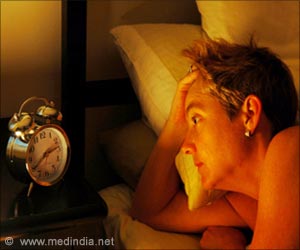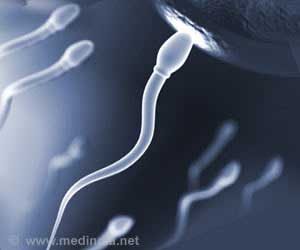Sleep-deprived males showed little interest in courtship while a lack of shut-eye had no effect on the mating behaviour of females.

‘A lack of sleep can have a profound effect on the brain, especially in regards to the frontal lobe which influences risk-taking, decision-making, and moral reasoning.’





The study was conducted on Drosophila. Nitabach -- in collaboration with scientists from Janelia Research Campus of the Howard Hughes Medical Institute, Southeast University in China, and University of San Diego -- investigated neuronal activity involved in both behaviours. Sexually aroused males got little sleep, while aroused females slept more. The male flies' behaviour is easily explained as an adaptive behaviour, say the scientists: Falling asleep during sex is not a good way to pass on your genes. It could be that females cannot afford to pass up an eligible suitor no matter how tired they are, Nitabach stated. "It appears that whichever behaviour has the highest biological drive suppresses the other behaviour," he said.
In addition to identifying this sex-specific behaviour, the collaborative team also revealed that underlying functional connections between the distinct neural centers that mediate sex and sleep. The researchers noted that humans could possibly have a similar mechanism for adjudicating when the drives for sleep and sex collide. The results appear in the journal Nature Communications.
Source-ANI














